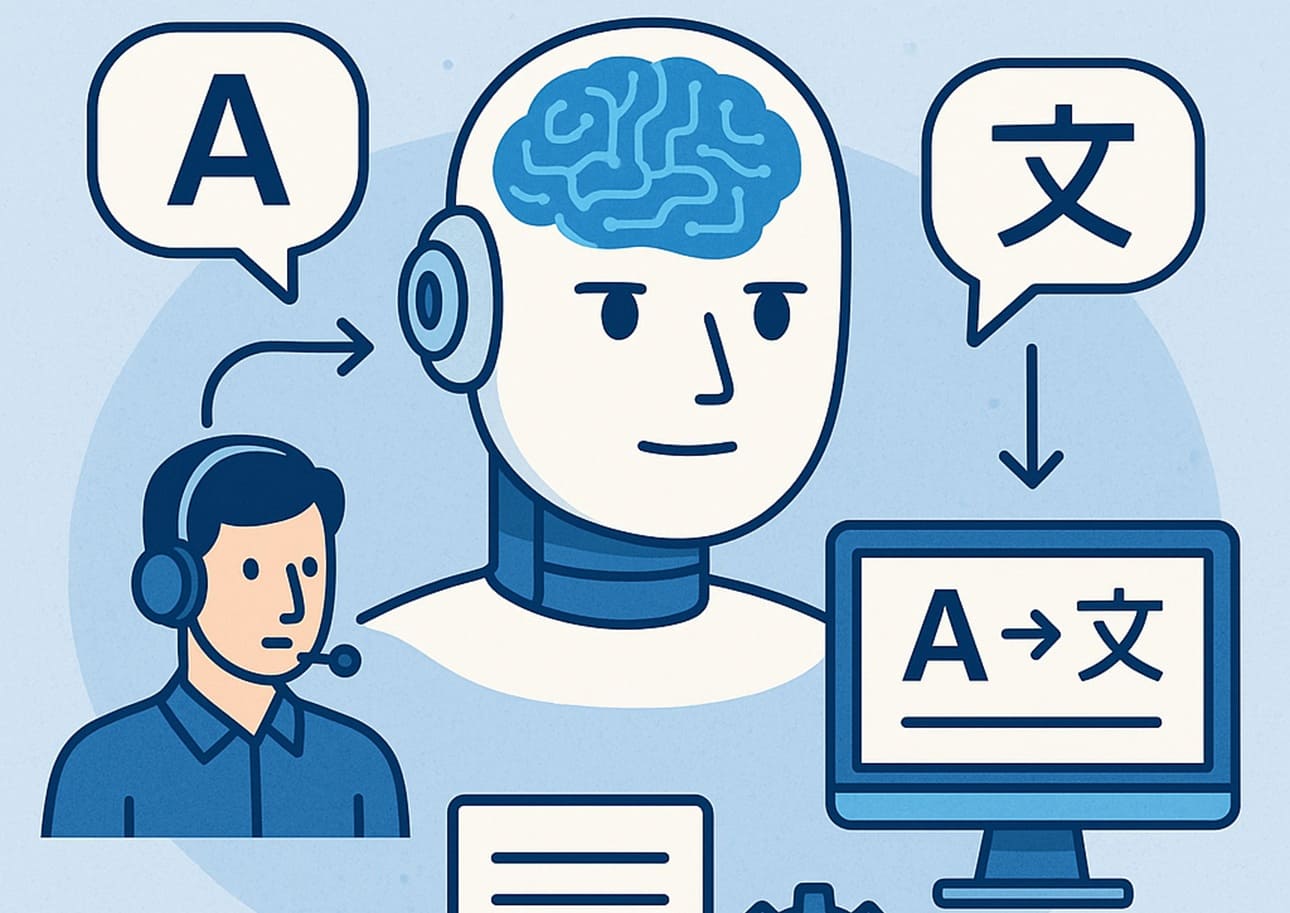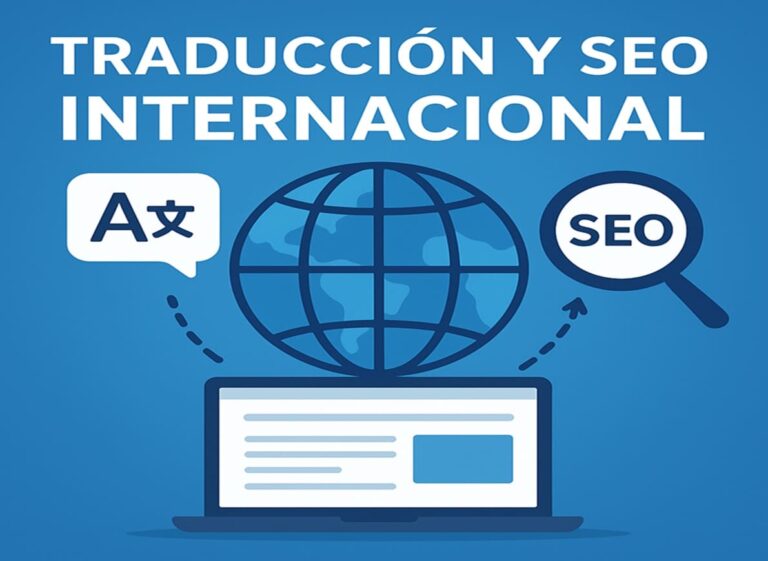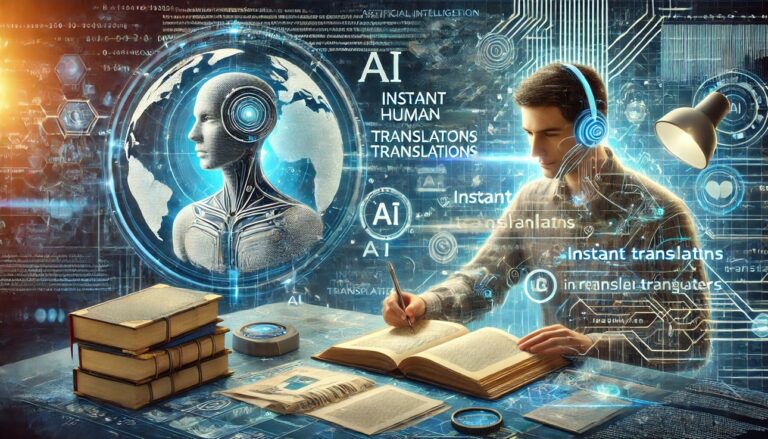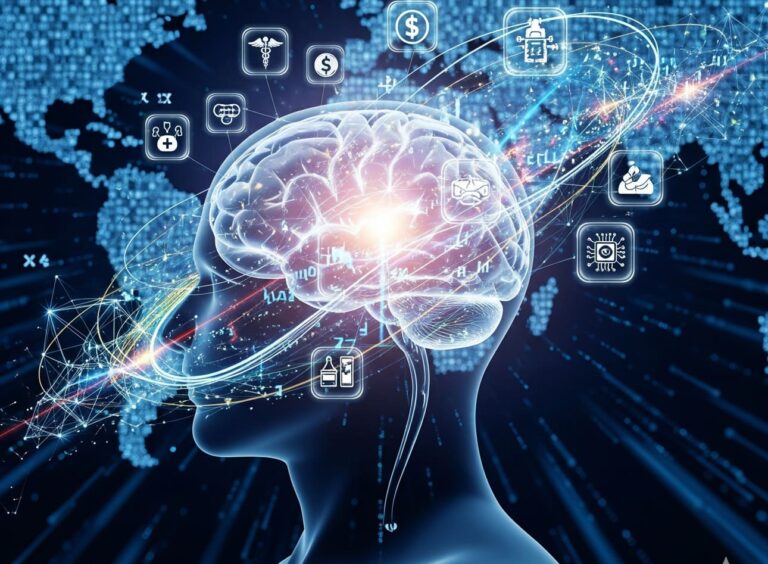Current state of AI in the translation industry
Machine translation in the translation industry has evolved from rule-based and statistical systems to neural models(NMT), which provide smoother and more accurate translations.
Leading projects such as Meta’s NLLB-200 allow direct translations between more than 200 languages without the need to go through the English intermediary.
New developments such as Meta’s SEAMLESSM4T offer real-time speech-to-speech translation (up to 101 languages), preserving tone and emotions, with better resistance to ambient noise.
Despite these advances, limitations remain: AI does not yet fully capture irony and cultural subtleties and requires human verification, especially for live events or creative texts. Therefore, professionals(professional translators) should be used at crucial moments.
Market size and growth in the translation industry
The global translation AI market reached USD 2.34 billion in 2024, expected to reach USD 7.16 billion by 2029, growing at a CAGR of 25%.
A more specific segment of generative AI in translation is expected to grow from USD 0.7 billion (2023) to USD 4.5 billion in 2033, at a CAGR of 20.4%.
The cloud-based machine translation segment is projected to grow from USD 3.38 billion (2023) to USD 51 billion in 2032, at a CAGR of 35% per annum.

Regional trends in the translation industry
North America leads the market (≈38-41% of the total in 2023-2024), driven by companies such as Google, Microsoft and IBM.
Asia-Pacific is the fastest growing market (CAGR ~15-16%), with high demand in China, India or Japan due to digitalisation and e-commerce.
Europe also represents a significant share (~30%), driven by multilingualism policies and projects such as Horizon and Digital Europe.
Key applications and drivers in the translation industry
Sectors that use AI most in translation:
Integrated technologies in the translation industry:
Ethics and legislation:

Translation industry: prospects and predictions up to 2030
Market consolidation is expected: more powerful LLM-based models (e.g. GPT-4 and similar) will dominate the translation of long, stylised or specialised documents.
Specialised multi-agent systems (translation, proofreading, automated editing) will emerge and improve contextual accuracy in fields such as legal or technical.
The hybrid AI + human approach will become more important: professional translators revising and adapting automatic outputs, especially in high-value or literary texts.
Growing adoption of cloud-based solutions and real-time translation in sectors such as global customer care, educational platforms and connected devices.
Expansion into under-represented languages and minority dialects, albeit still with quality challenges and insufficient resources.
Conclusion
Artificial Intelligence (AI) is already transforming the translation industry, significantly improving speed, scale and accessibility. There is still room for human interpretation in creative, emotional or specialised contexts, and this will continue to be the case for the foreseeable future.
In the coming years, it will be consolidated by generative models, multimodal integration and hybrid systems combining AI and human analysis, but human involvement in translation processes will remain mandatory. The market will actively grow and support global communication in key sectors, with a focus on ethics, regulation and linguistic adaptation.







